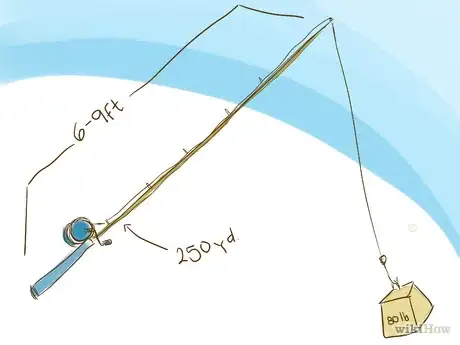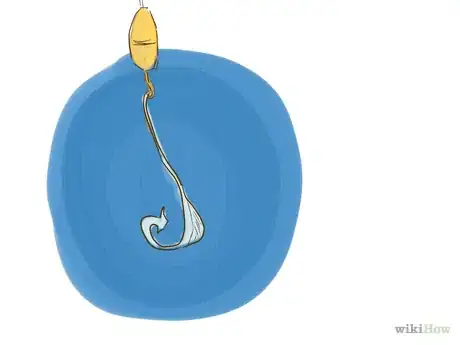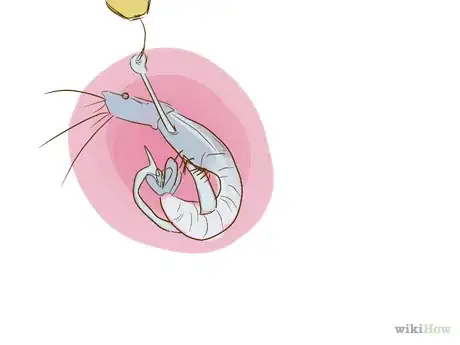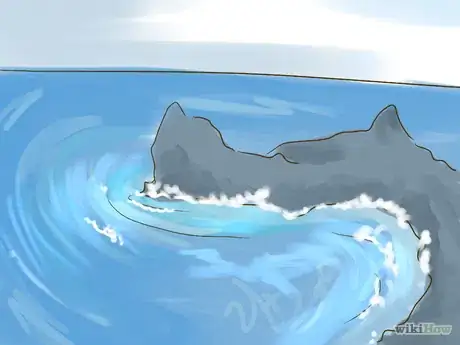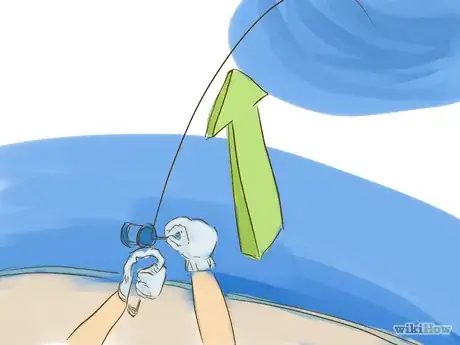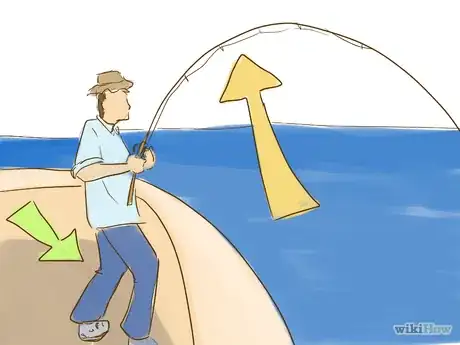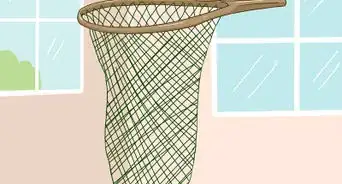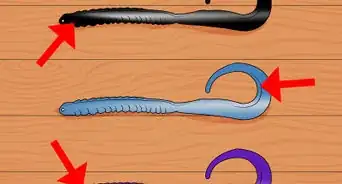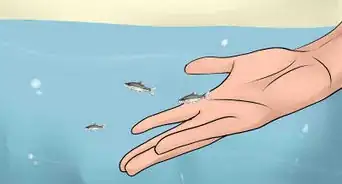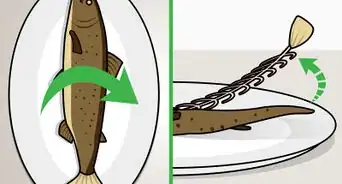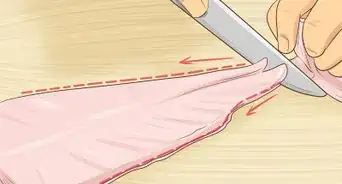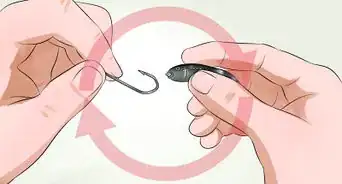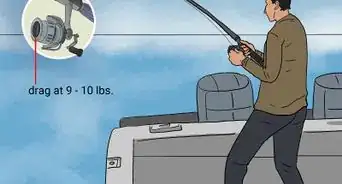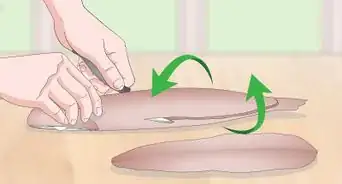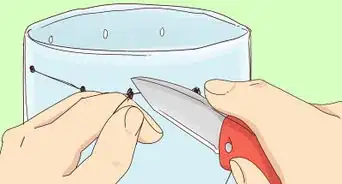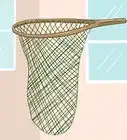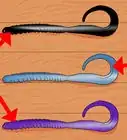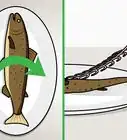This article was co-authored by wikiHow Staff. Our trained team of editors and researchers validate articles for accuracy and comprehensiveness. wikiHow's Content Management Team carefully monitors the work from our editorial staff to ensure that each article is backed by trusted research and meets our high quality standards.
This article has been viewed 172,674 times.
Learn more...
The term “sturgeon” actually refers to 26 different species of the acipenseridae fish family. Sturgeon are found swimming along the rivers, lakes and coasts of Eurasia and North America. Growing to a size of up to 18 feet (5.5 m) long, this large fish is harvested for both its meat and its roe. The roe is later turned into caviar and sold at specialty shops throughout the world. Sturgeon are bottom-feeders that prey on snails, crayfish, shrimp, worms and aquatic insects. Here are some tips on how to fish for sturgeon.
Steps
-
1Get the right tackle equipment.
- A sturgeon fishing rod should be 6 to 9 feet (1.8 to 2.7 m) in length and made of a single piece (rather than a rod that is assembled).
- The reel should be outfitted with line that can hold at least 80 pounds and have enough line to run 250 yards (228.6 m).
-
2String the right hook on the end of your line. Many sturgeon fishermen recommend a hook size of 5/0 to 9/0, depending on the species of sturgeon you are fishing for.Advertisement
-
3Add the right bait to your hook. The adage “fresh is best” applies to sturgeon fishing.[1]
- Types of recommended bait include crawfish, fresh water clams, salmon eggs or carcasses, shad and other small fish.
- If fresh bait isn’t available, adding scents to the bait will catch the attention of the sturgeon. Shrimp oil, shad oil and sardine oil are just a few of the many fish oils on the market.
-
4Locate the right spot to fish. Ledges, small channels, sand flats and other rocky points are recommended when you fish for Sturgeon. Sturgeon move with the tides as they search for food.[2]
- If the tide is out, look for deeper water.
- If the tide has come in, fishing in small beds of 4 to 6 feet (1.2 to 1.8 m) may produce a good catch.
-
5Identify the sturgeon’s bite on your line, which can vary according to the outdoor temperature.[3]
- During colder weather, the bites are slow and repetitive. The repetitive action will help you differentiate between a bite and the tide moving your line.
- During warmer weather, the bite tends to be more aggressive. This occurs because the fish are getting close to spawning season (typically in July and August) and are more active. Look for the rod tip to dip and line movements.
-
6Pull up on your fishing rod so that you secure the catch. Once you feel the bites, it is important to yank the rod so that the hook lodges securely into the sturgeon.[4]
-
7Reel in the sturgeon as quickly as possible. Remember that sturgeon can be quite large. Plant both feet and ask for assistance if you feel that the fish is too powerful.[5]
Community Q&A
-
QuestionWhich is better for sturgeon fishing, Saisun Bay or San Pablo Bay?
 Community AnswerBoth are great places to fish and catch sturgeon. It all depends on the weather, water and temperature.
Community AnswerBoth are great places to fish and catch sturgeon. It all depends on the weather, water and temperature. -
QuestionWhat months are the best for sturgeon fishing?
 Community AnswerUsually in the spring is best, but the fishing is even better when it is close to when they are about to start spawning right around July and August. It also depends on the weather and water temperature.
Community AnswerUsually in the spring is best, but the fishing is even better when it is close to when they are about to start spawning right around July and August. It also depends on the weather and water temperature. -
QuestionCan I catch a sturgeon with my hand?
 Community AnswerYou could, but it would be very difficult.
Community AnswerYou could, but it would be very difficult.
References
About This Article
Sturgeon are large, freshwater fish that can be found in subtropical and temperate rivers, lakes, and streams. To fish for sturgeon, you’ll need a 6 to 8-foot musky rod with a level-wind reel, a braided fishing line in the 80 to 100-pound test range, a heavy slip sinker, and a 5/0 circle hook. Once you’ve set up your fishing rod, bait the hook with a nightcrawler worm to attract sturgeon. Cast the line out to a deep section of the water, as these fish like to feed on the bottom. When you feel a bite, set the hook and slowly reel the fish in. Make sure you hold tightly, as sturgeon will often put up a 10 to 15-minute fight. For more tips on fishing for sturgeon, like how to release the fish once it’s been caught, read on!
